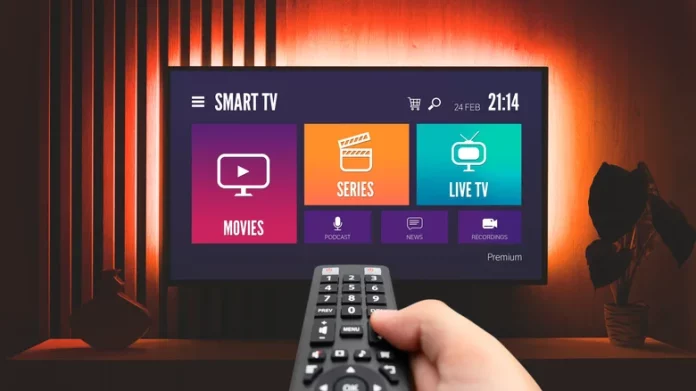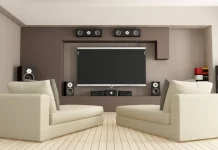The television is a staple in almost every modern household. Chances are you own multiple TVs, with one in nearly every bedroom. Thanks to advances in technology, the cost of televisions has dramatically decreased over the years. It’s now common to find a 65-inch 4K UHD television selling for under $300 at major retailers, with even budget-friendly 100-inch models available at stores like Costco.
But how long do these affordable televisions actually last, especially considering all the features packed into them? Unlike other electronics that consumers replace frequently, televisions traditionally have longevity, often lasting between 5 and 10 years. However, many people believe that modern TVs don’t endure quite as long as their predecessors. Having used a 27-inch Panasonic CRT from 2001 daily, I can personally attest to their durability.
In November 2023, I bought two brand new 65-inch TCL Roku televisions. Both failed within their first year, just months apart. One developed a single burnt LED that caused the entire screen to go dark, while the other suffered a blown capacitor resulting in a dead display. Fortunately, I was able to repair both, but this is rarely an option for the average consumer, who would likely just purchase replacements.
Expect Around 45,000 Hours of Use
Electronics can be unpredictable. For example, I had a defective Nintendo Wii on launch day, despite the console’s relatively low failure rate of 2.7%. The lifespan of a television largely depends on its cost. Lower-end models usually provide about 45,000 hours of screen time, while premium brands like LG often claim up to 100,000 hours before the TV reaches the end of its lifespan. On cheaper sets, the backlight is typically the first component to fail.
Quality Control and Component Differences
Cheaper televisions save manufacturers money on components and often lack stringent quality control. Brands like RCA and Insignia are frequently cited for reliability problems, while others such as Amazon and Roku may face software stability issues. One major vulnerability in low-cost TVs is the power supply. Since these sets often use lower-quality parts, they are more susceptible to damage from unstable or “dirty” electrical power, resulting in shortened lifespans.
Smart TV software can also be problematic on budget models. Unlike streaming sticks, which you can upgrade when they start to slow down or become outdated, cheap smart TVs lock you into their built-in software. This limits your ability to improve performance or get new features, often necessitating that you rely on complicated workarounds to fix slow operation.
Consider Dumb TVs with Streaming Devices
Your best option might be to buy a non-smart TV—often marketed as “hospitality” models—and add a streaming stick for app access and free TV channels. Lower-end smart TVs generally lack the processing power to deliver smooth picture quality while running built-in software and apps. Many of these pre-installed apps also receive limited or no updates, making the TV obsolete sooner rather than later.
Industry Trends: TVs as Consumables
The rise of inexpensive televisions has shifted the industry toward viewing TVs as consumable goods, encouraging frequent upgrades every few years. This business model benefits manufacturers, but it means consumers spend more money over time. Investing in a higher-end TV usually delivers a better viewing experience and a longer-lasting product.
That said, many users are satisfied with budget brands like TCL, Vizio, and Hisense. With some tweaking of picture settings, inexpensive TVs can look quite decent, though they usually fall short when compared side-by-side with premium models. The common recommendation is to invest in a quality TV for your main living space and use cost-effective models for bedrooms, garages, or patios.





